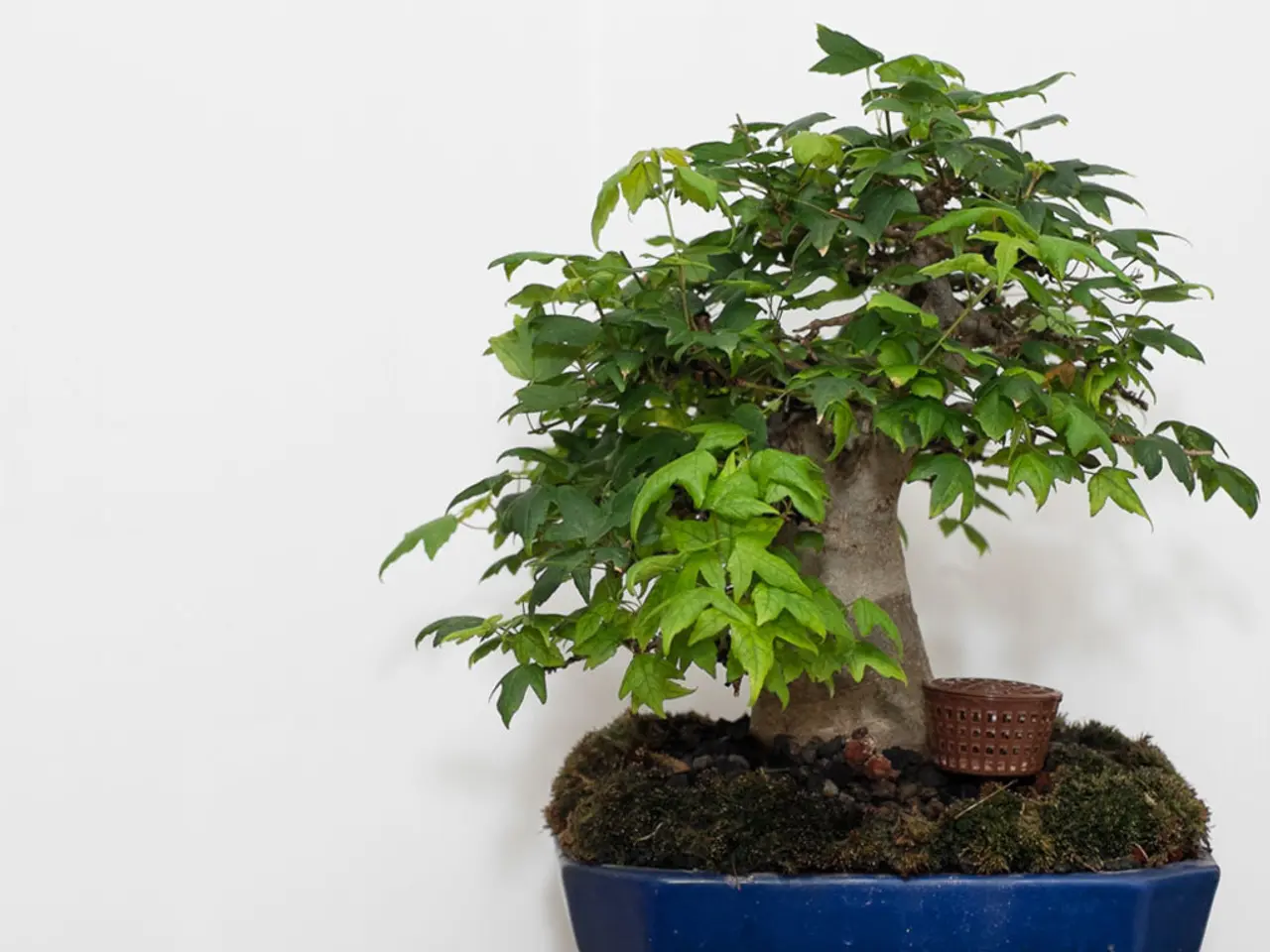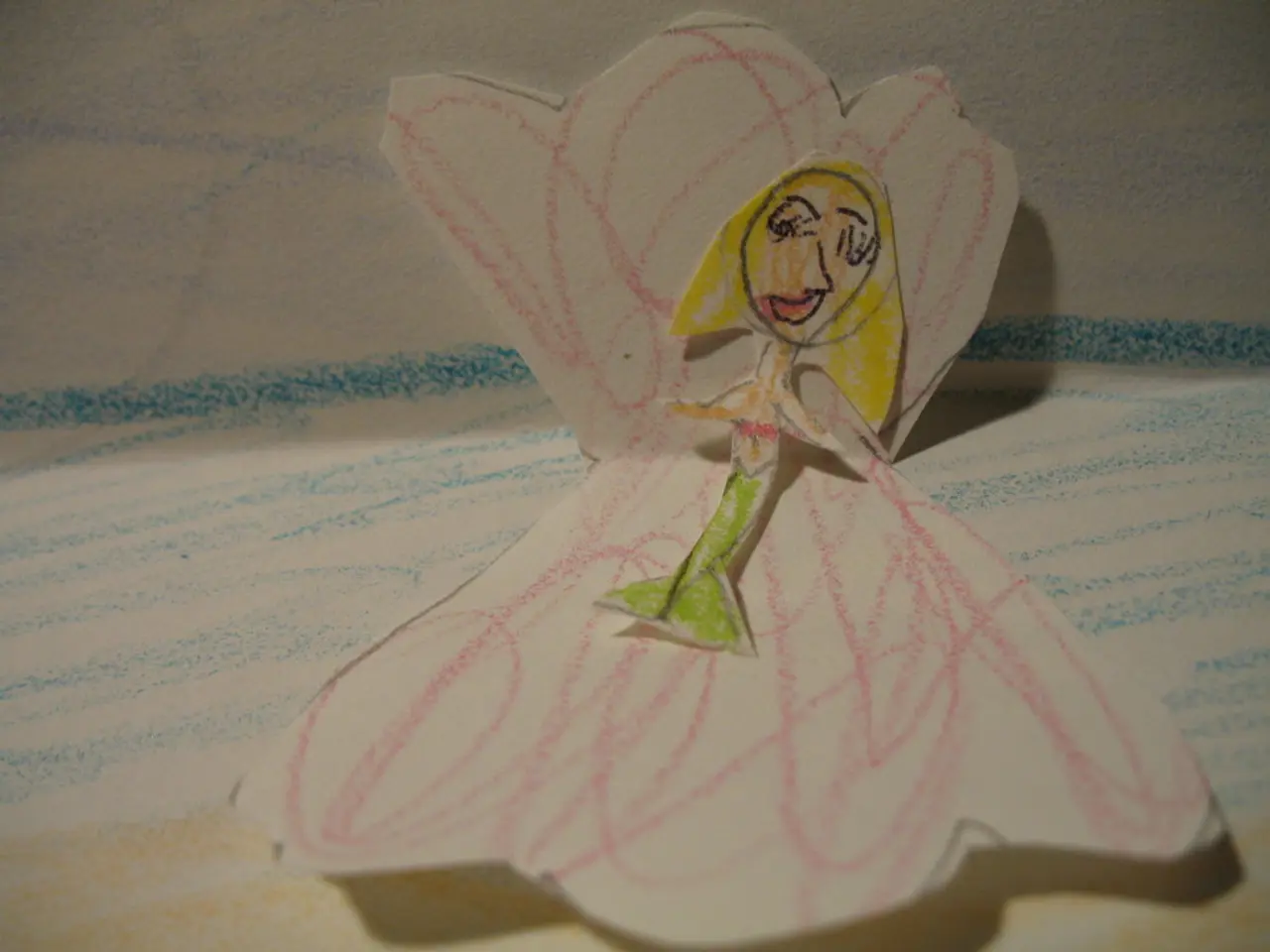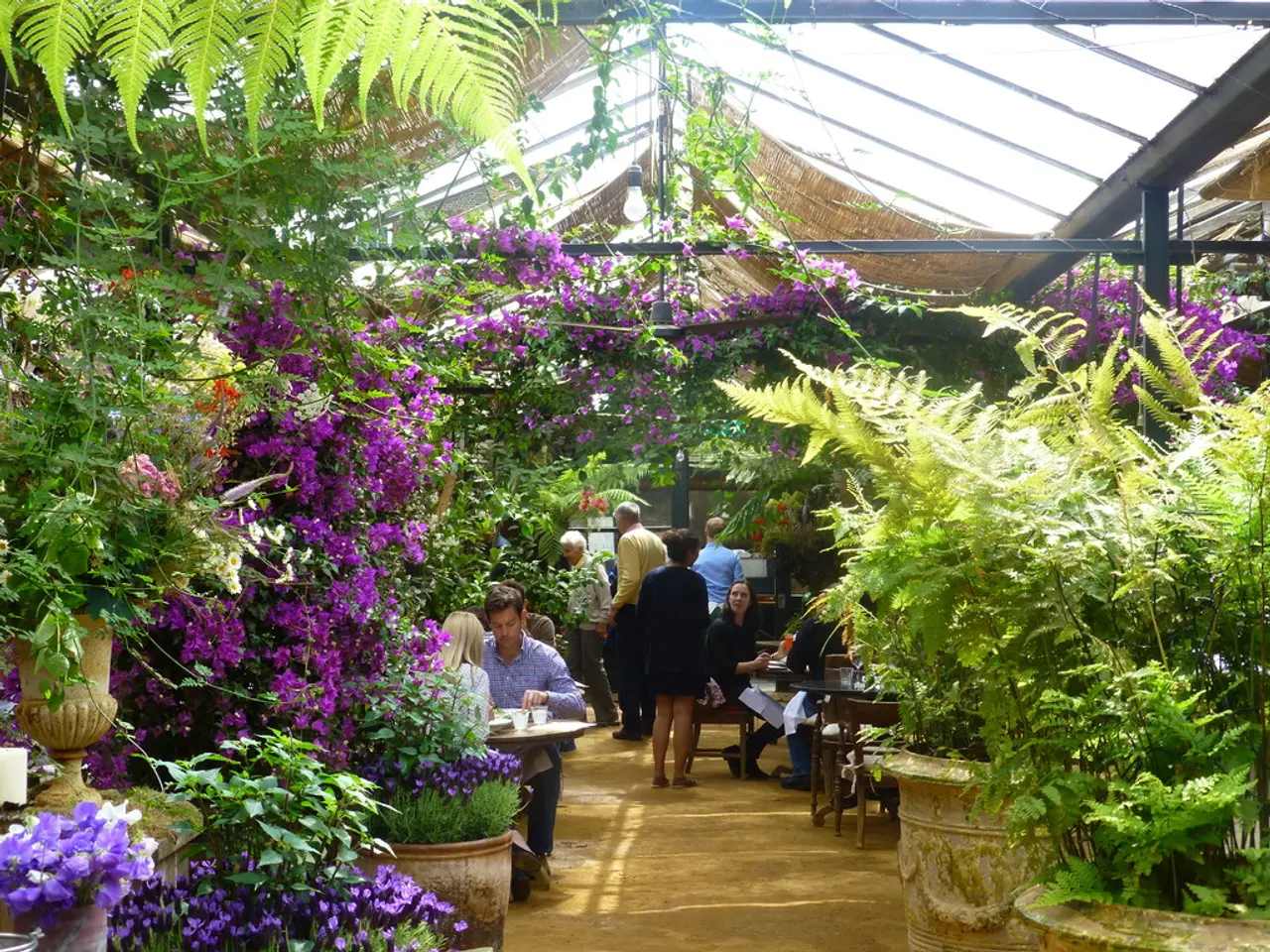Unique Bonsai Designs Showcase: Delving into Distinctive Looks and Traits
In the world of horticulture, Bonsai trees have captivated the hearts of many with their miniature living sculptures that mimic nature's grandeur. These intricate creations are the result of masterful techniques and a deep understanding of various Bonsai styles.
One such style is the Cascade Bonsai Design, which emphasizes the dramatic, downward flow of foliage to create a breathtaking waterfall-like effect. The unique trunk curvature in Cascade Bonsai is achieved through wire wrapping, clamping, pruning, weighting, and combination techniques.
Another style, the Literati Bonsai, showcases simplicity, elegance, and refinement. Key characteristics of this style include simple, unadorned trunks, sparse, delicate foliage, asymmetrical compositions, and earth-toned pots. The minimalist approach of Literati Bonsai underscores the harmony between nature and human existence.
Multi-Trunk Bonsai Design, featuring three or more trunks of varying sizes and shapes emerging from a single root system, is a visually striking representation of unity and diversity. Balance is essential in Clump-Style Bonsai, as it creates a sense of unity and cohesiveness among the multiple trunks.
The Formal Upright (Chokkan) style mimics a tree that has grown in open, undisturbed ground, with a straight, upright trunk and symmetrical branches for a sense of elegance and refinement. In contrast, the Informal Upright (Moyogi) features a trunk that curves gently and naturally, giving a more relaxed and natural look.
Slanting (Shakan) Bonsai trees have an angled trunk and asymmetrical shape, conveying a sense of dynamic energy and movement. The windswept look of these trees evokes resilience in adverse conditions.
The Slanting Bonsai Trees are not to be confused with Root-Over-Rock Bonsai, where trees' roots grow over rocks or stones, creating a dramatic, harmonious union between the two elements. Similarly, Clasped-to-Rock Bonsai features the tree's roots wrapping around the rock or stone, creating a visually striking fusion of natural elements.
Group or Forest (Yose-ue) style consists of multiple trees planted closely together in one pot to create a miniature forest, emphasizing harmony and balance among many trees. This style captures a natural wooded scene and is a beautiful representation of the communal growth of trees.
Weeping Branches Style features long, sweeping branches that cascade downwards, evoking a sense of serenity and calm. Naturalistic Trunk Formation in Clump-Style Bonsai focuses on the intricate relationships between trunks, creating a visually striking arrangement that mimics the natural growth patterns of trees in the wild.
Windswept Bonsai Trees are designed to recreate the dynamic, windswept forms that evoke a sense of rugged beauty. Artists employ techniques such as wiring, pruning, and careful manipulation of the tree's growth patterns to achieve this effect.
Each style tells a story or embodies an element of nature's environment, from the stoic upright of Chokkan to the windswept look of Shakan or the dramatic fall of the cascade styles. They showcase the artistic and horticultural skill involved in bonsai cultivation.
In addition to styles (forms), different species are commonly used as bonsai due to their adaptability and aesthetic appeal, including Japanese Maple, Trident Maple, Chinese Elm, Ficus, and more. Each species contributes unique leaf shapes, colors, and growth habits that complement the style chosen.
For those interested in learning more about Bonsai, common questions include choosing the right bonsai tree species for one's climate, the ideal age of a tree to start bonsai training, creating a bonsai tree from a cutting or nursery stock, watering and fertilizing a bonsai tree, and whether bonsai trees are suitable for indoor or outdoor spaces only.
In conclusion, the art of Bonsai offers a fascinating exploration into the world of miniature living sculptures. With a variety of styles, techniques, and species to choose from, there's a Bonsai creation to suit every taste and gardening skill level.
For those with an interest in home-and-garden, exploring the world of Bonsai lifestyle may reveal a captivating hobby. The unique wind-swept branches of the Weeping Branches Style could be a perfect addition to one's personal gardening projects, providing a serene, calming atmosphere similar to a home-and-garden water feature.
Embracing the art of Bonsai not only provides an opportunity to appreciate nature's beauty in miniature form but also encourages a greater understanding of various home-and-garden styles, such as the minimalist approach of the Literati or the drama of Cascade Bonsai designs.




